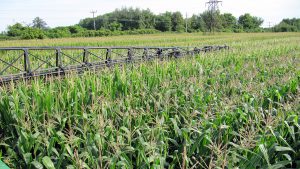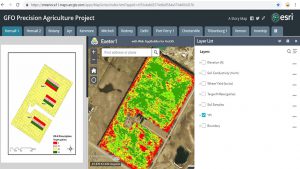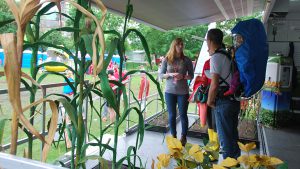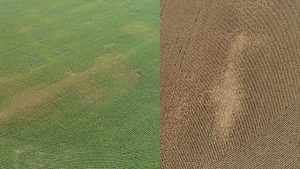Regenerative agriculture
A FULL SYSTEM APPROACH
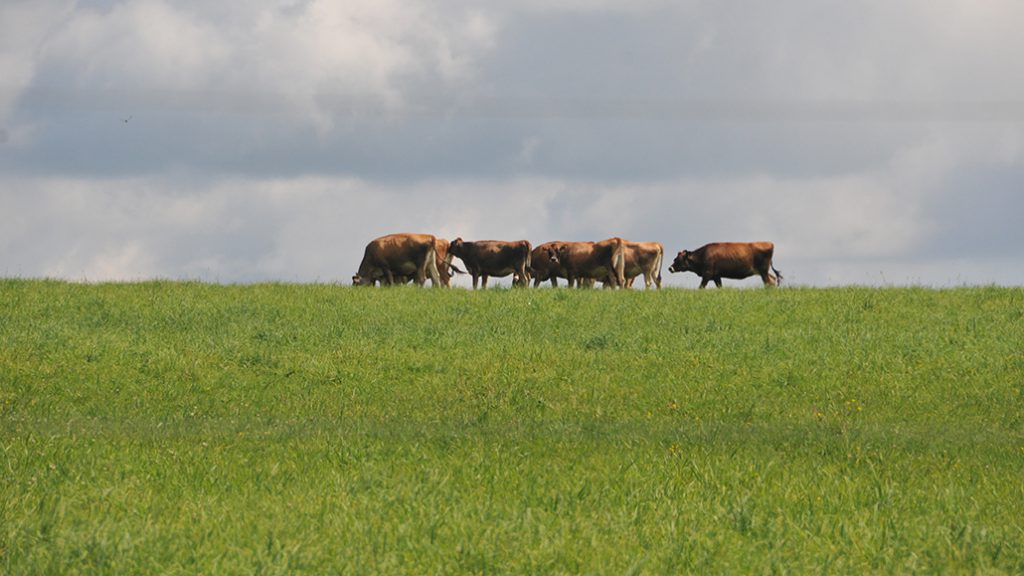
OVER THE LAST 10 years there has been an increase in the number of conversations about the use of cover crops and an emphasis on soil health as ways to revolutionize agricultural production practices. It can be generally agreed that using cover crops or improving the health of your soil can be economically beneficial to your overall operation. However, often these are looked at separately rather than as a full system approach looking at the entire operation. That is where the regenerative agriculture concept comes in, looking at the farm as a full ecosystem and maximizing that ecosystem for maximum profitability while improving the quality of land.
WHAT IS REGENERATIVE AGRICULTURE?
The term regenerative agriculture may not be common to most. But the reality is, regenerative agriculture is not a production method like conventional or organic production but rather a style of management that uses site specific practices to improve the quality and profitability of agricultural land. Regenerative agriculture looks at the farm as a full ecosystem, not in a fragmented silo approach. There is not one formula to achieve regenerative agriculture but rather an umbrella of options. There are five main principles of regenerative agriculture.
1. Minimize Soil Disturbance
One of the keys to regenerative agriculture is to minimize or eliminate soil disturbance. The most common way that soil is disturbed is through tillage. Depending on the production system, tillage may be required but it is important to minimize the amount of disturbance to your soil. The more soil is disturbed, the weaker its structure becomes. With a weakened soil structure there are several side effects that could impact the soils ability to hold moisture and nutrients as well as allow root penetration.
2. Crop Diversity
Another important variable to regenerative agriculture is through increased crop diversity through crop rotation. In systems where continuous corn or soybeans are planted, specific weed types, diseases, or pests can thrive and become very difficult to control. Rotating your crops in a three-year, four-year, or even five-year rotation can add the necessary crop diversity to help improve nutrient cycling, reduce pest pressures, and even reduce disease pressures. Furthermore, in combination with minimizing soil disturbance, increased crop diversity can help to improve soil structure.
3. Keep the Soil Covered
Keeping the soil covered is an obvious but important principle to regenerative agriculture. To regenerate soils, it is important to ensure that the soil is kept where it belongs, in the field. In Ontario, soil erosion can come in the form of both wind and water erosion. Keeping the soil covered for 12 months out of the year is the best way to mitigate the potential erosion risks. Whether through residue or planting cover crops, keeping the soil covered is a key principle to regenerative agriculture.
4. Living Roots
Living roots year-round is a very important key to regenerative agriculture. Living roots can help to physically modify the soil by exuding soil organic compounds, which help to support microorganism populations within the root zones. This can further stabilize soil aggregates and allow for improved soil structure. Furthermore, living roots also can assist with several soil biological processes such as nutrient cycling. Living roots can be from crops such as corn, soybean, and winter wheat during the growing season, and legume or grass cover crops during the non-growing season.
5. Integrate Livestock
Integrating livestock back onto the land is a principle of regenerative agriculture that takes things to the next level. While this may not be possible on all acres due to limitations with fencing and water, grazing crop land can provide benefits to livestock and potentially the health of the soil. Some farmers are putting cattle back on the land to graze cover crops or corn stalks to provide a feedstock but also to feed soil organisms such as earthworms, bacteria, and fungi.
COMPANY INVESTMENT
We know that processors, end users, and retailers are investing in sustainability through the setting of internal sustainability targets. While the targets vary from company to company, key themes can be seen in the areas of greenhouse gas (GHG) emissions, water quality, and biodiversity.
One company who is actively trying to lead the way is General Mills. General Mills has set a pledge to reduce its GHG footprint by 28 per cent by 2025 across the entire supply chain.
Steve Rosenzweig, a soil scientist with General Mills, says that “when we had a third-party assessment of our emissions, from agricultural production all the way through the supply chain to the consumer and the landfill, we realized about half of the footprint came from agriculture.”
The reality of this is that General Mills could close the doors on their facilities but would not even come close to meeting their 2025 goal. This is because the facilities that General Mills owns and operates only contribute a small amount to the overall footprint. As Rosenzweig notes, they had to look beyond their four walls.
That is where the regenerative agriculture concept comes in. As one of the very few, if not the only soil scientist employed by a food company, Rosenzweig admits that his role is quite unique. But food companies have a vested interest in soil, it is the foundation that a lot of their products come from and was identified by General Mills as a key to solving many of the issues they care about.
“Whether it is climate change, water, farmer wellbeing, or the stability of our ingredient supply it became evident that taking care of soil was going to be an important strategy to meet all of our sustainability goals,” says Rosenzweig.
General Mills has partnered with their oat suppliers and soil health experts to provide farmers in their oat sourcing regions free education and personalized coaching on regenerative agriculture. Rosenzweig explains that General Mills is focused on trying to walk this path right alongside farmers.
Switching to regenerative agriculture principles takes a change in mind-set as well as looking at production practices in a full system. As leaders in this space, General Mills is trying to help the whole food system — from suppliers, farmers, customers (like Walmart), and even the consumers — to think in a new way about agriculture.
“It is clear that the quality of the product at the end of the day includes how the land and the people are treated in the process,” notes Rosenzweig.
Regenerative agriculture can change the way we think by looking at the farm as an ecosystem and it is trying to take the conversation towards maximizing the ecosystem for maximum profitability while improving the quality of land.
Michael Buttenham is the market development coordinator, sustainability & environment for Grain Farmers of Ontario. •


















